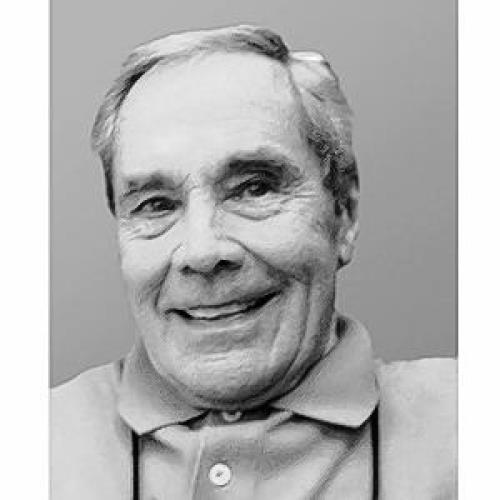

At the same time, he worked at the Museum of Modern Art, first at the front desk and later as a curator.įor Schjeldahl, who began his career as a poet, O’Hara is both an idol and a role model. There, he became part of the New York School, a group of poets (including John Ashbery, Kenneth Koch, Barbara Guest, and James Schuyler) and first- and second-generation Abstract Expressionist painters (Jackson Pollock, Willem De Kooning, Larry Rivers, and Grace Hartigan, to name a few). A gay man, O’Hara engaged in furtive liaisons that became increasingly open after he moved, in 1950, to Manhattan-his most enduring muse. Born to a Roman Catholic family in 1926, Frank O’Hara grew up in Grafton, Massachusetts, and served in the Navy during World War II before attending Harvard on the GI Bill. She starts researching O’Hara, sends a “journalist inquiry” to Maureen, and begins listening to Schjeldahl’s interviews, which she quotes from and summarizes for the reader. Surely she would prevail where her father had stumbled. She takes up the tapes and the task of finishing Schjeldahl’s project-of accomplishing what her father could not and thereby both earning his elusive approval and besting him in the bargain.Ī longtime journalist and author of three previous titles, including the New York Times bestseller Why We Can’t Sleep (2020), Calhoun is secure in her professionalism. (We learn why over the course of the book.) Rummaging through the basement of her parents’ East Village apartment some forty years later, Calhoun discovered dozens of cassette tapes containing interviews between Schjeldahl and O’Hara’s friends, lovers, and colleagues. At first, Calhoun’s book aspires to be a biography-the completion of one on O’Hara that Schjeldahl began in the late 1970s but had to abandon when the poet’s younger sister and executor, Maureen O’Hara Granville Smith, withdrew her support. Yet these two very different people share a common love for writing and for the poetry of Frank O’Hara, who serves as the fulcrum for Calhoun’s moving memoir of her fraught relations with her father. In Also a Poet, Ada Calhoun presents herself as the opposite of her father, celebrated art critic Peter Schjeldahl: where he is a flake, she is a reliable presence where he is a tortured artist, she is a hard worker. Also a Poet: Frank O’Hara, My Father, and Me, by Ada Calhoun,


 0 kommentar(er)
0 kommentar(er)
